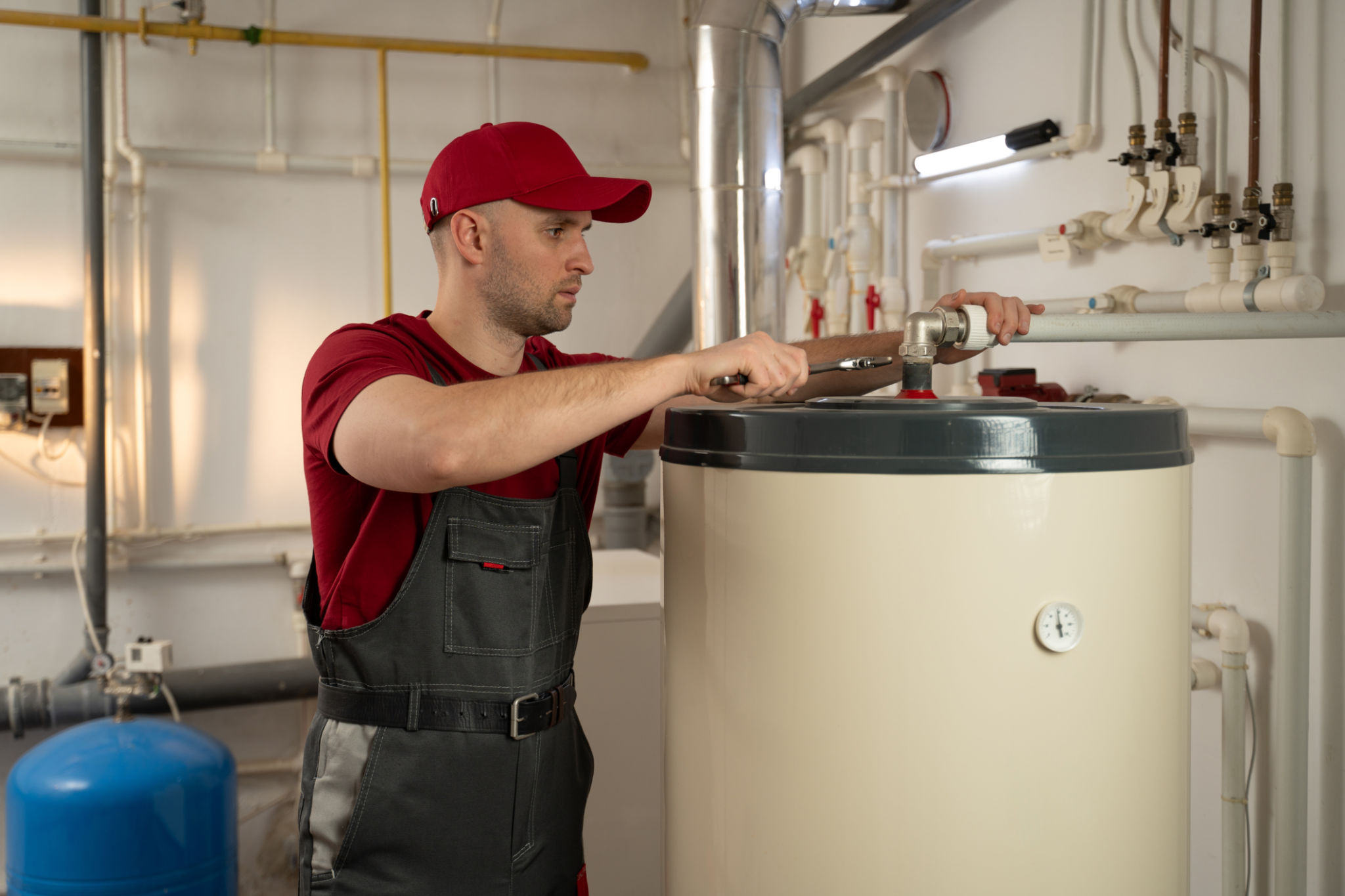DIY Tips: How to Troubleshoot Common Hot Water Issues
Understanding Common Hot Water Issues
Hot water is essential for our daily routines, from morning showers to washing dishes. However, when the hot water supply becomes problematic, it can disrupt these activities. Understanding the common issues that arise with hot water systems can help you troubleshoot effectively.

Check the Thermostat Settings
One of the first things to check when experiencing hot water issues is the thermostat settings on your water heater. If the thermostat is set too low, it may not heat the water sufficiently. Ensure that the thermostat is set to an appropriate temperature, typically around 120°F (49°C), to maintain an optimal balance between comfort and energy efficiency.
Inspect for Leaks
Leaks in your hot water system can be a significant cause of inadequate hot water supply. Inspect the area around your water heater and along any pipes for signs of leaks. If you discover any, it’s crucial to address them promptly to prevent further damage and inefficiencies. A simple fix might involve tightening connections or replacing worn-out parts.
Addressing Sediment Buildup
If your water heater is making unusual noises or providing inconsistent hot water, sediment buildup might be the culprit. Over time, minerals can accumulate at the bottom of the tank, reducing efficiency and capacity.

Flushing the Water Heater
Flushing your water heater is an effective way to remove sediment buildup. Turn off the power supply to the heater and attach a hose to the drain valve to direct water into a suitable drainage area. Open the valve and let the tank flush out until clear water is visible. This process should be done annually for optimal performance.
Check the Heating Elements
For electric water heaters, faulty heating elements can lead to insufficient hot water. If you suspect this issue, use a multimeter to test the continuity of each element. If a heating element is defective, replacing it can often restore your hot water supply to its full potential.

Dealing with Pressure Issues
Low water pressure can also affect the delivery of hot water. Check if the low pressure is isolated to your hot water or affects both hot and cold supplies.
Examine Valves and Pipes
If the problem is specific to hot water, inspect your valves and pipes for blockages or malfunctions. Sometimes, mineral deposits can clog pipes, requiring a thorough cleaning or even replacement of certain sections to restore proper flow.
Professional Help
If you’ve tried these DIY solutions and still face issues, it may be time to call in a professional. A plumber can provide insights and repairs beyond basic troubleshooting, ensuring your hot water system operates efficiently and safely.
